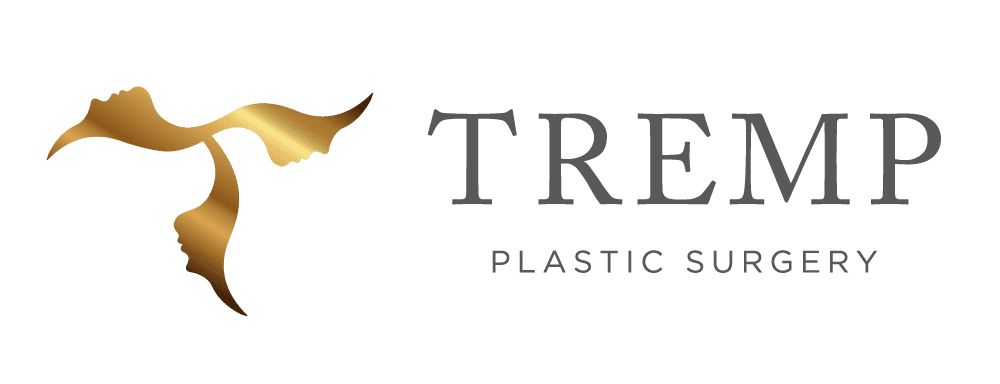- About
- Face & Skin
- Cellulite treatment
- Excessive sweating in women and men
- Facial and skin treatments
- Facial Surgery
- Hydrafacial treatment
- IV drips (vitamin infusions)
- Laser treatment
- Lip Lift
- Mesotherapy (skin structure )
- Special Offers by TREMP PLASTIC SURGERY
- Treatments with Skin Ceuticals
- Wrinkle and facial treatments with botulinum
- Wrinkle and facial treatments with filler
- Face
- Breast
- Body
- Offers
- Blog
- Contact
- EN
- DE
Do you have any questions? Arrange a consultation appointment
If you have any questions about facial plastic and aesthetic treatments , we would be delighted to welcome you for a no-obligation consultation. Call us +41 41 784 02 66
Get Consult
- Monday, Tuesday, Thursday and Friday: 08.00 - 12.00h // 13.00 - 17.00h
- Wednesday: 08.00 - 12.00h // 13.00 - 20.00h (incl. evening consultation)
- Saturday: 08.00 - 12.00h
© 2024 All Right Reserved By Dr. Tremp Plastic Surgery | Design & Developed by Prism Digital.

